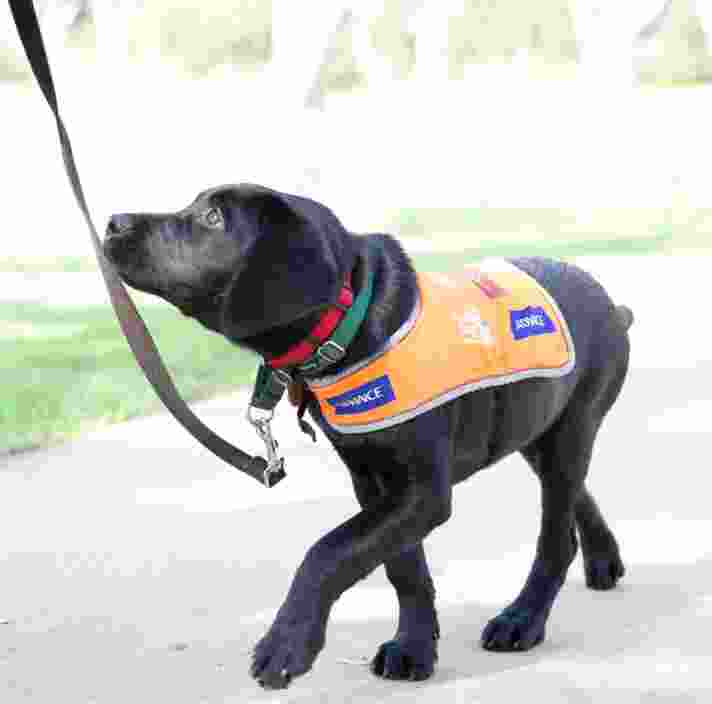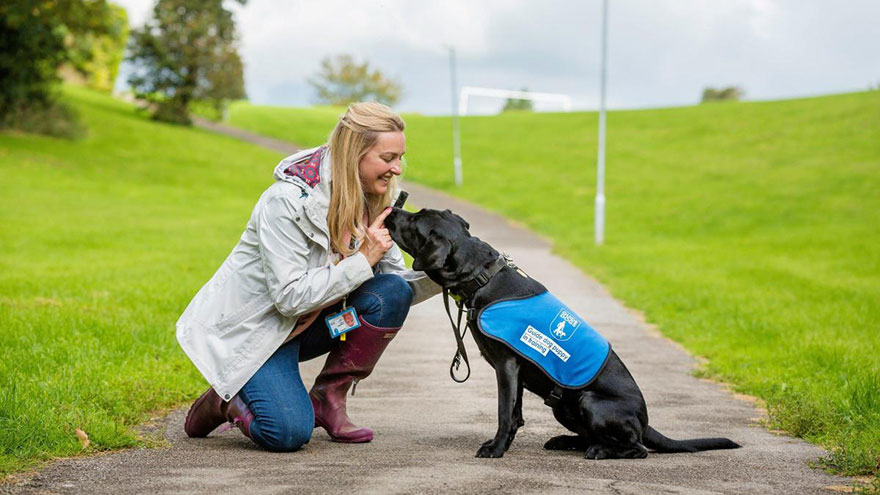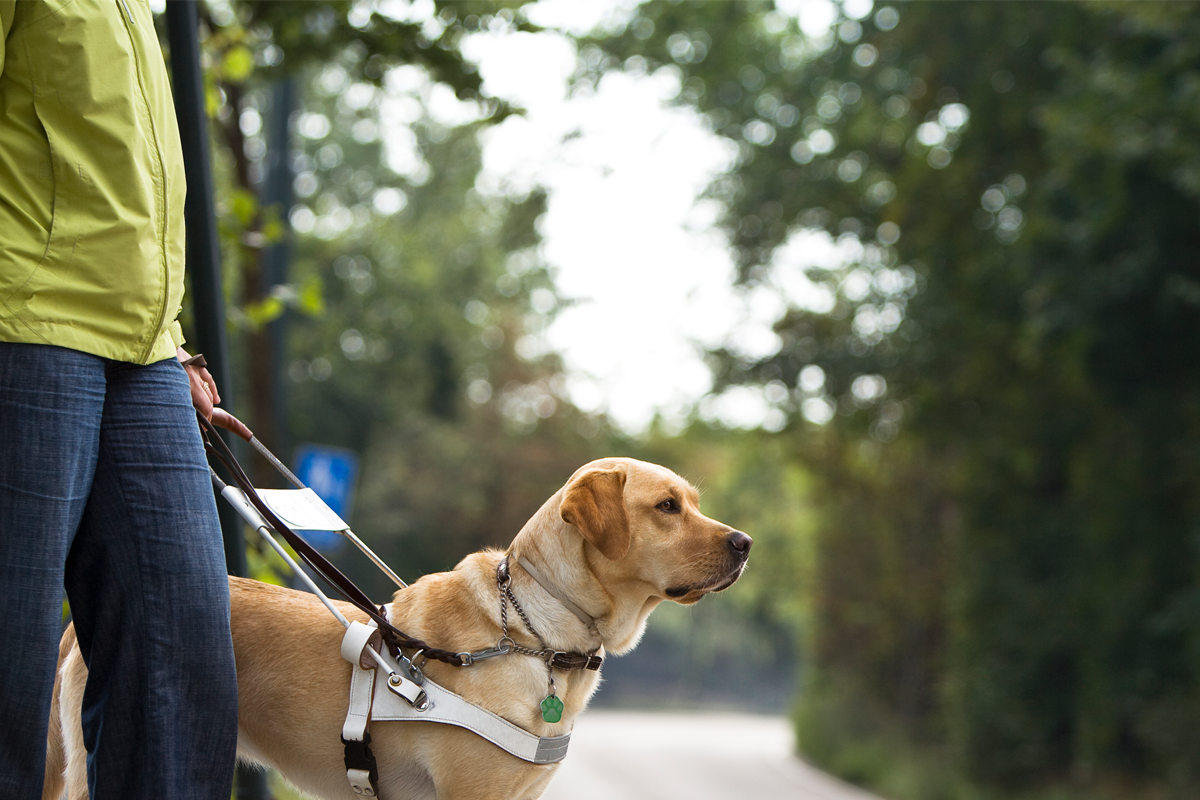how are guide dogs trained
How Are Guide Dogs Trained?
Guide dogs are an essential service for people who are blind or visually impaired. They provide independence and mobility, allowing their handlers to go about their daily lives with greater ease. But how are these amazing animals trained to perform such a vital role?

The process of training a guide dog is long and complex, but it is also incredibly rewarding. It takes anywhere from 18 months to two years to fully train a guide dog, and the success rate is very high.
The first step in the training process is to select the right puppy. Guide dogs must be intelligent, obedient, and have a calm temperament. They also need to be physically fit and healthy.
Once a puppy has been selected, it will begin a period of basic obedience training. This training teaches the puppy basic commands such as sit, stay, come, and heel. It also teaches the puppy how to walk on a leash and how to behave in public.
After the puppy has mastered basic obedience, it will begin more specialized training. This training teaches the puppy how to guide its handler safely and efficiently. It teaches the puppy how to navigate obstacles, how to cross streets, and how to respond to traffic signals.
The final stage of training is called the "match period." This is when the puppy is paired with its future handler. The handler and the puppy will spend several weeks together, getting to know each other and learning to work together as a team.
Once the match period is complete, the guide dog is ready to begin its work. Guide dogs typically work for between eight and ten years. During that time, they will provide their handlers with a lifetime of independence, mobility, and companionship.

The Training Process in More Detail
The training process for guide dogs is divided into three phases:
- Breeding and selection: The first step is to select the right puppies for guide dog training. Puppies are bred for their intelligence, obedience, and temperament. They must also be physically fit and healthy.
- Basic obedience training: Once the puppies have been selected, they begin a period of basic obedience training. This training teaches the puppies basic commands such as sit, stay, come, and heel. It also teaches the puppies how to walk on a leash and how to behave in public.
- Specialized training: After the puppies have mastered basic obedience, they begin specialized training. This training teaches the puppies how to guide their handlers safely and efficiently. It teaches the puppies how to navigate obstacles, how to cross streets, and how to respond to traffic signals.

The training process for guide dogs is long and complex, but it is also incredibly rewarding. It takes anywhere from 18 months to two years to fully train a guide dog, and the success rate is very high. Guide dogs provide a lifetime of independence, mobility, and companionship for their handlers.
The Benefits of Having a Guide Dog
Guide dogs provide a number of benefits for people who are blind or visually impaired. These benefits include:

- Increased independence: Guide dogs allow people who are blind or visually impaired to live more independently. They can go about their daily activities with greater ease, knowing that they have a reliable guide by their side.
- Greater mobility: Guide dogs allow people who are blind or visually impaired to travel more easily. They can navigate obstacles and cross streets safely, knowing that their guide dog will lead them in the right direction.
- Enhanced social interaction: Guide dogs can help people who are blind or visually impaired to interact with others more easily. They can provide a sense of security and companionship, making it easier for people to socialize and participate in activities.
Guide dogs are an essential service for people who are blind or visually impaired. They provide independence, mobility, and companionship, allowing their handlers to live full and active lives.
Resources


Thank you for exploring our website by how are guide dogs trained. Your presence fuels our commitment to excellence. Come back for a more enriching experience!
